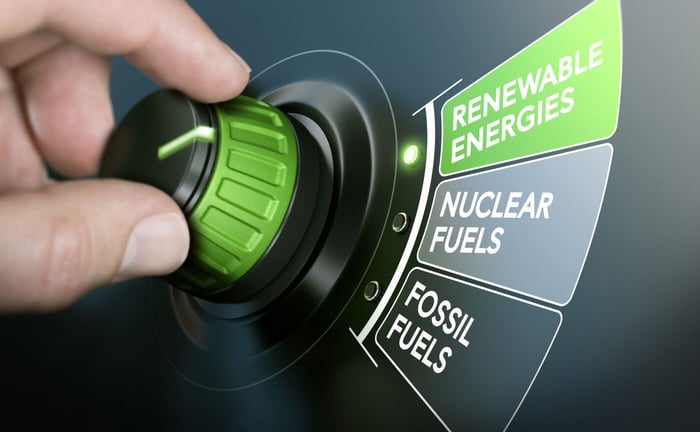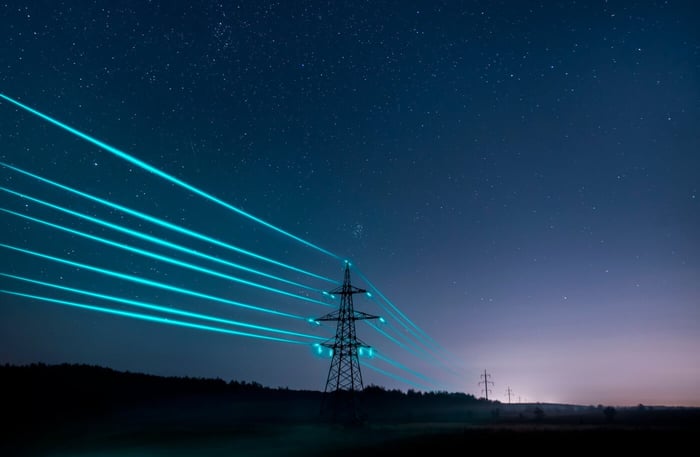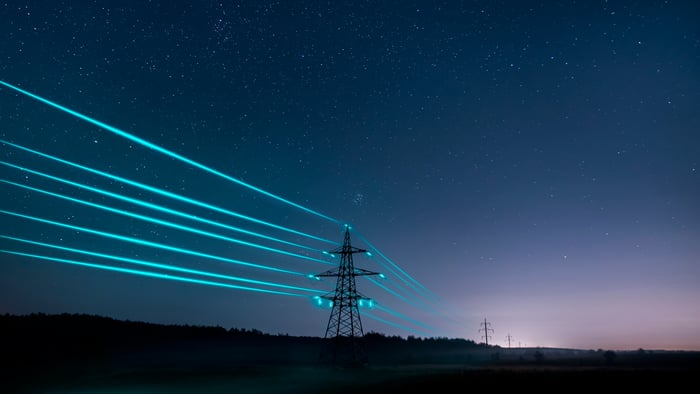What are full load hours?
First of all, there are 8,760 hours in one year. This is a very important number within the renewables industry. If we go back to our solar plant in California, you might think there must be more than 2,000 sunny hours per year in California! And you are absolutely right!
While there might be about 3,000 sunny hours per year in a southern Californian city, your solar plant would primarily produce electricity (kWh) at a rate (kW) that is lower than its full capacity. Only during very sunny hours, right around noon, your plant will run at its full capacity (10 kWp). During the morning and afternoon hours, your plant might only run at half its capacity, i.e., 5 kWp. This would imply that during such hours your plant only produces 5 kWp x 1 hour = 5 kWh vs. 10 kWp x 1 hour = 10 kWh during the midday hours.
Full load hours make it much easier to interpret the electricity production potential at any given location. As the name implies, full load hours are the number of hours per year when a renewable energy asset produces electricity at its maximum capacity, i.e., installed capacity.
What is a capacity factor?
The capacity factor is a relative interpretation of full load hours. For example, a Swedish wind farm with an installed capacity of 12 MW (12,000 kW) and 3,000 full load hours would have a capacity factor of 3,000 full load hours / 8,760 hours per year = 34.2%. As a straightforward interpretation, our wind farm runs 34.2% of the year at its full capacity (12 MW), while during the remaining 65.8%, it would not produce any electricity at all.
Thus, the installed capacity is irrelevant to calculate the capacity factor. All we need to know is the number of full load hours.
How to properly determine the value of an asset in a financial model for renewable energy investments?

If you're looking to invest in renewable energy, you need a comprehensive financial model dashboard that summarizes all the key investment metrics relevant to your decision-making process.
This financial model dashboard for renewable energy investments is designed to help you make informed investment decisions with ease. It includes a detailed breakdown of the project's capital structure, allowing you to understand the financing mix of the project and the risks associated with each layer of the capital stack.
The dashboard also considers critical investment metrics such as IRR and NPV on both a levered and unlevered basis, giving you a complete picture of the project's profitability.
In addition to these essential investment ratios and multiples, the dashboard details the payback periods, CFADS/EV, Revenue/EV, EV/MWp, and EV/MWh. These metrics are crucial in evaluating the financial viability of the project and determining its potential for generating returns over the long term.
The dashboard also features eye-catching charts that provide a visual representation of the project's cash flow generation over its entire asset lifetime. This feature will give you valuable insights into the project's cash flow patterns and help you make informed investment decisions.
With all these critical investment metrics and data points in one place, this financial model dashboard is the ultimate tool for renewable energy investment decision-makers.
How to build a project finance model from scratch?
Do you want to learn how to build a project finance model from scratch? Then check out the Advanced Renewable Energy Financial Modeling course.





